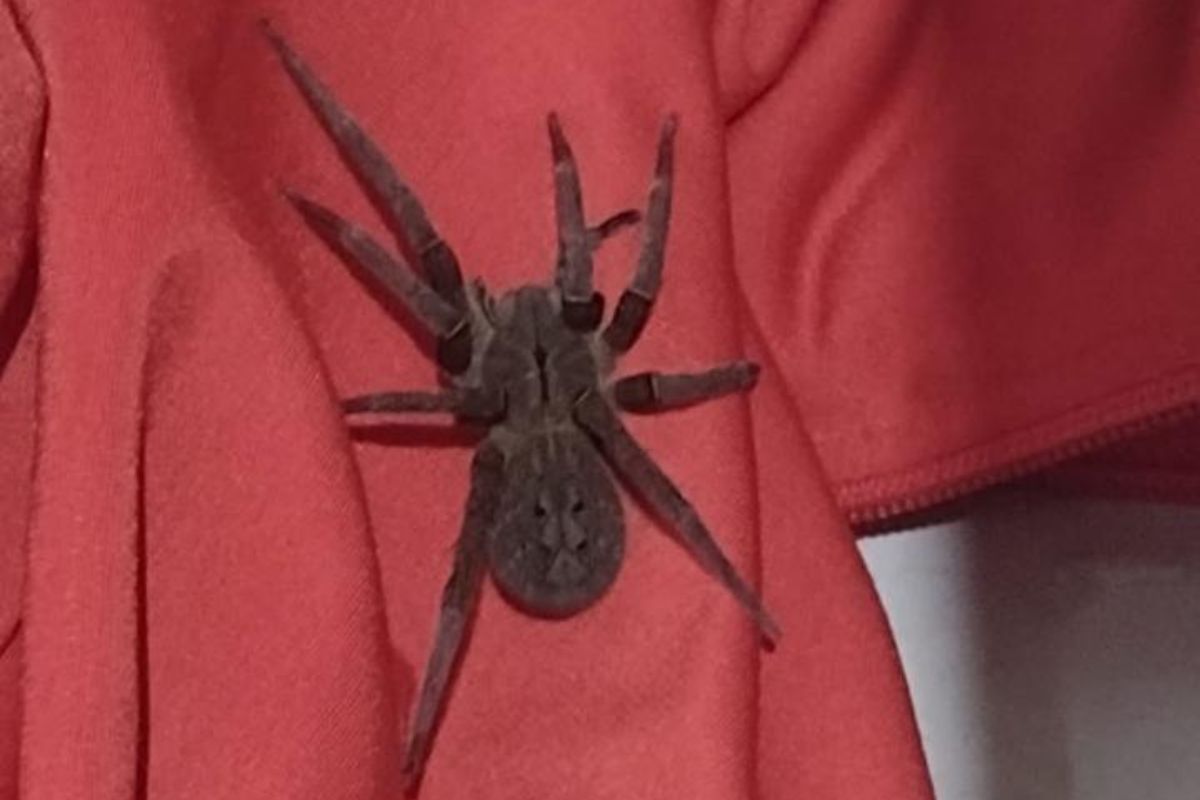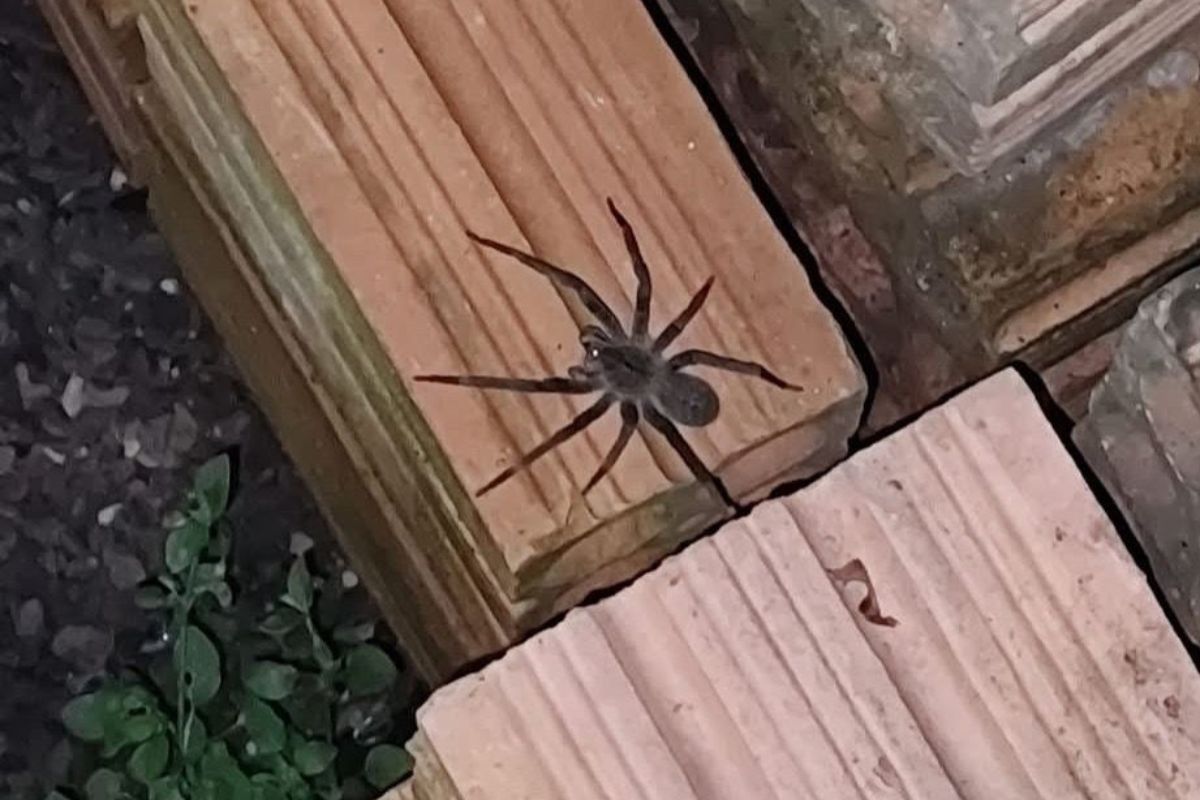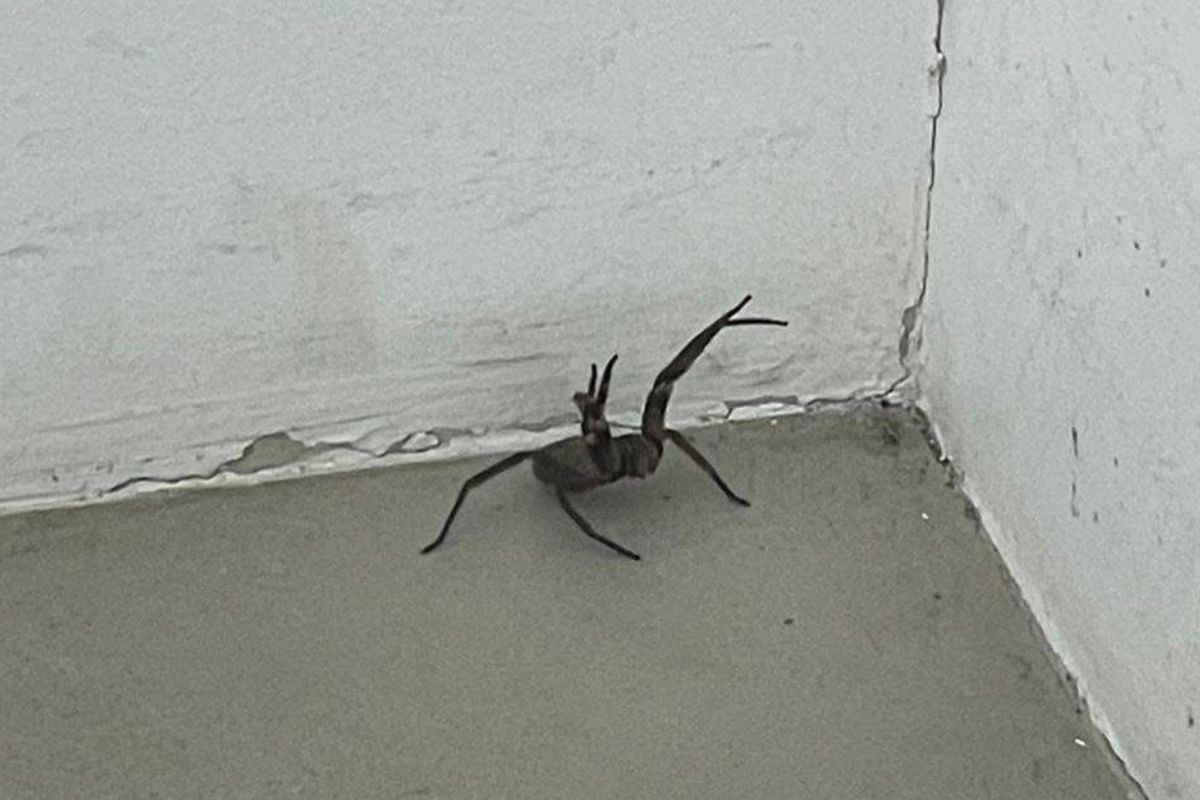How to protect yourself from the bite of the Brazilian wandering spider, the most feared spider in Brazil

One of the most feared and aggressive spiders in Brazil , the armed spider (genus Phoneutria ) is also one of the most adaptable. Present in both rural and urban areas, it can be found in natural environments such as forests and plantations, as well as in urban areas such as gardens, rubble, and even inside clothing and shoes.
According to biologist Fabiano Soares , this species has a potent venom that can cause everything from localized pain to severe symptoms, such as respiratory distress. Despite this, accidents occur due to carelessness and can be avoided with simple preventive measures.
How to identify a Brazilian wandering machineAccording to the expert, the spider's body can reach 5 cm and legs that exceed 15 cm in span.
"The Brazilian wandering spider is covered in short, brown to grayish fur, with stripes on its legs and spots on its abdomen. Its eyes are arranged in three rows, with two well-developed central ones, ensuring good movement perception. Its legs, with visible spines and adhesive claws, allow for agility and the ability to climb smooth surfaces."
It is easily recognized by its defensive behavior: when it feels threatened, it raises its front legs and opens its chelicerae, displaying what is called an attack display.

According to the biologist, it's known for its nocturnal habits. "The armed spider doesn't build webs to capture prey. It lives hidden during the day and comes out to hunt at night. In urban areas, it's common to find it in places like woodpiles, rubble, gardens, and shoes and clothing left on the ground," he explains. In the countryside, it's seen in plantations and banana trees. Fabiano warns that the species adapts easily to environments modified by humans.

The expert emphasizes that the Brazilian wandering spider's venom is one of the most potent among spiders. "It affects the sodium and calcium channels of nerve cells and can cause intense pain, muscle spasms , sweating, nausea, tremors, tachycardia, and even heart dysfunction. In men, a characteristic effect is priapism—a prolonged erection induced by action on nitric oxide release pathways," he explains.
What to do in case of a biteIn the event of an accident, Fabiana advises: "Don't apply household substances or try to suck out the venom. The recommendation is to wash the area with soap and water, keep the limb elevated and still, and seek medical attention immediately." Mild cases can be treated with painkillers, but moderate and severe cases require antiarachnid serum, which is provided by the SUS (Brazilian Unified Health System) at referral hospitals.

The main form of prevention is keeping environments clean and organized. According to Fabiano, it's essential to eliminate debris, inspect clothing and shoes before use, seal cracks and drains, and control insect populations, which serve as food for spiders. Although dangerous, spiders play an important ecological role and generally prefer to flee rather than attack.
metropoles





